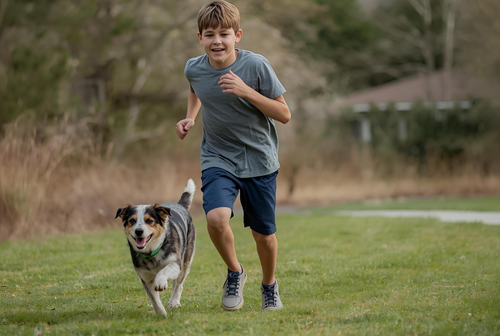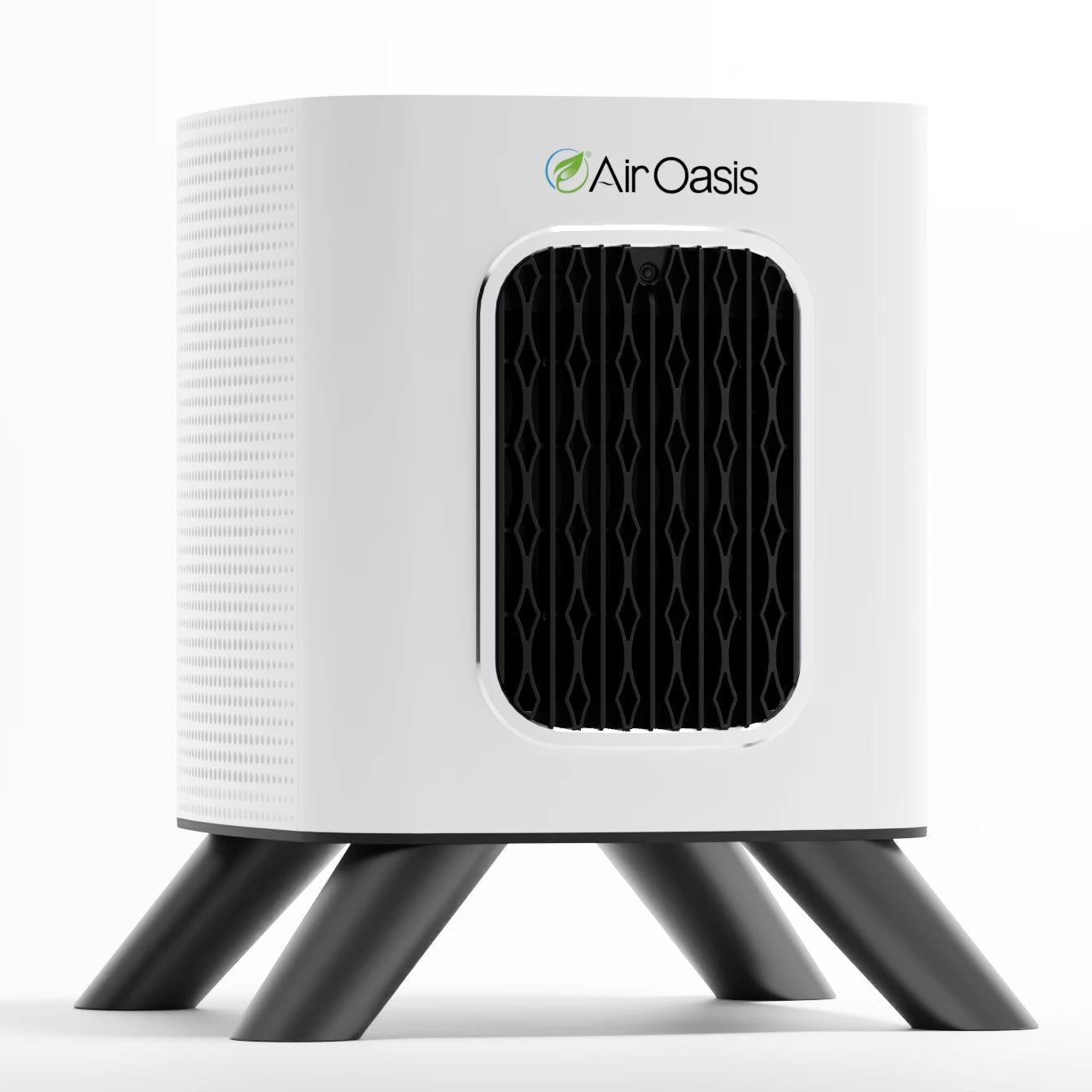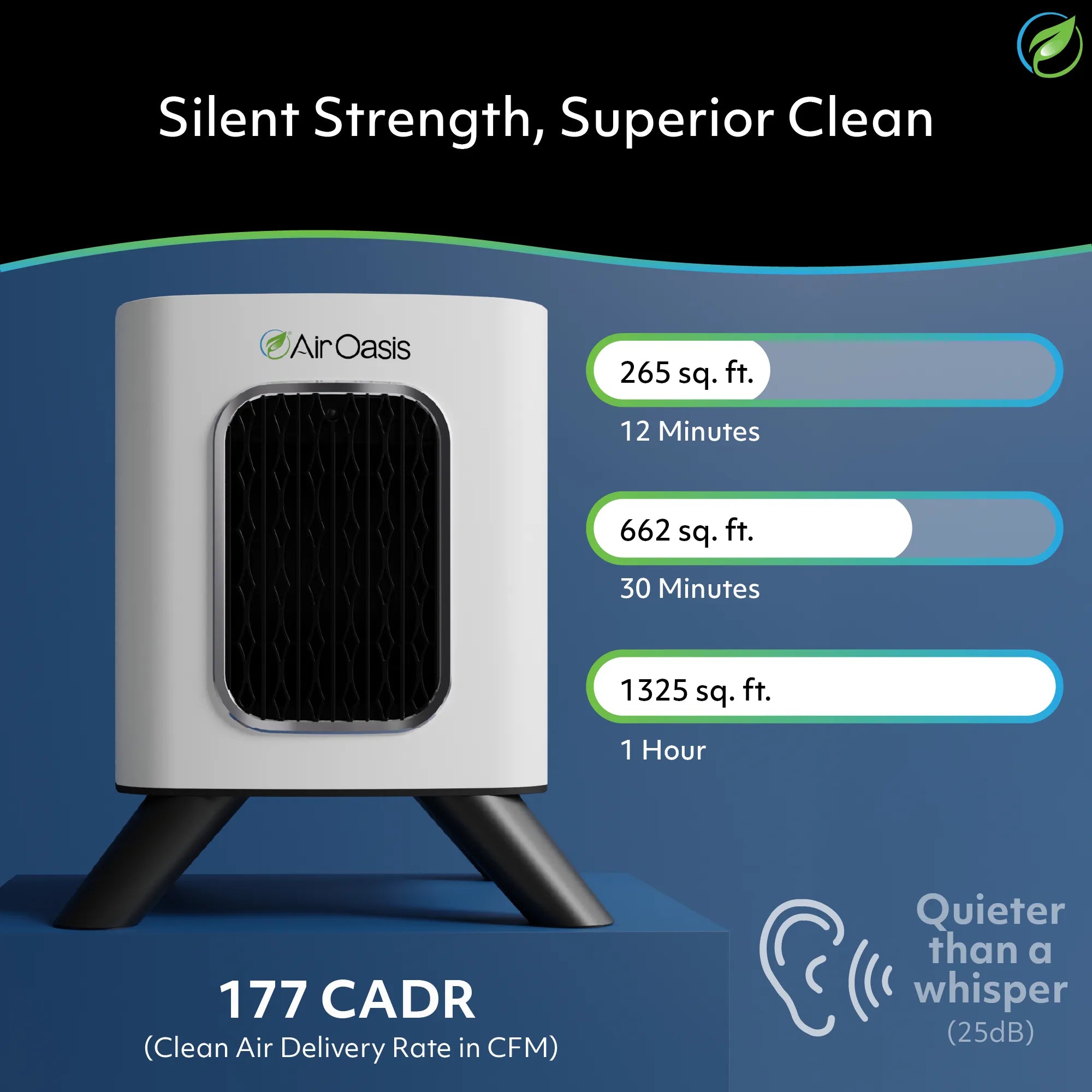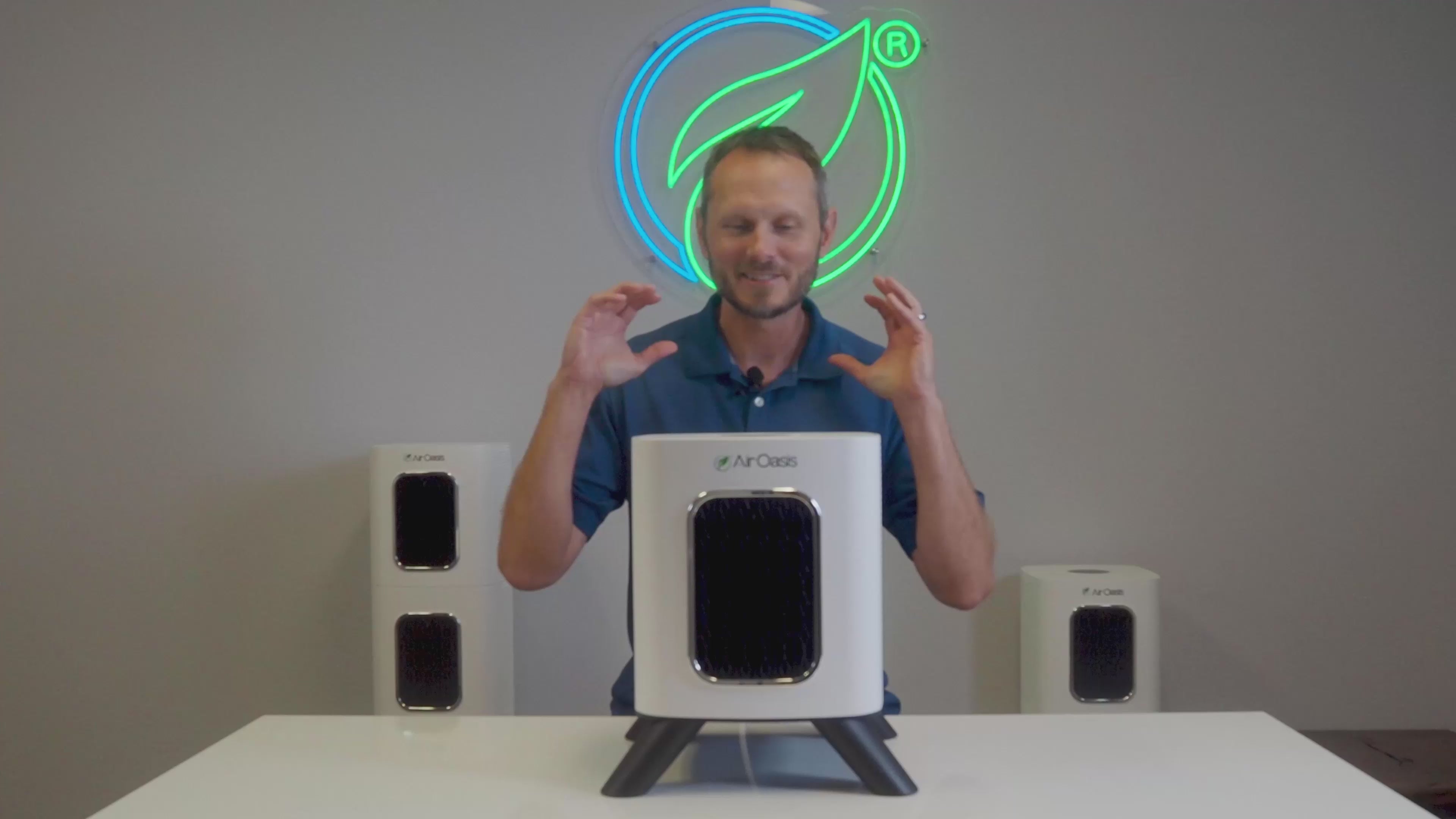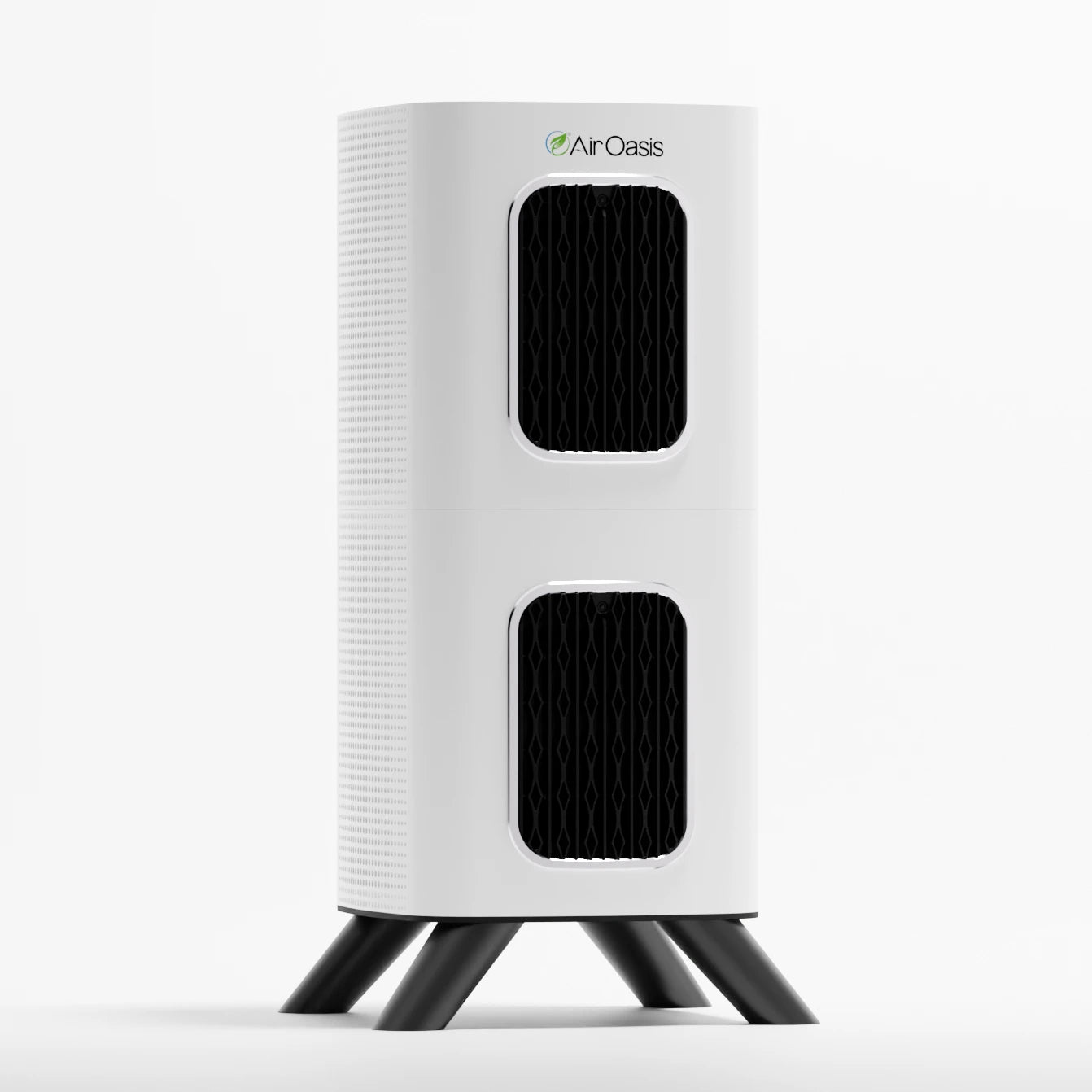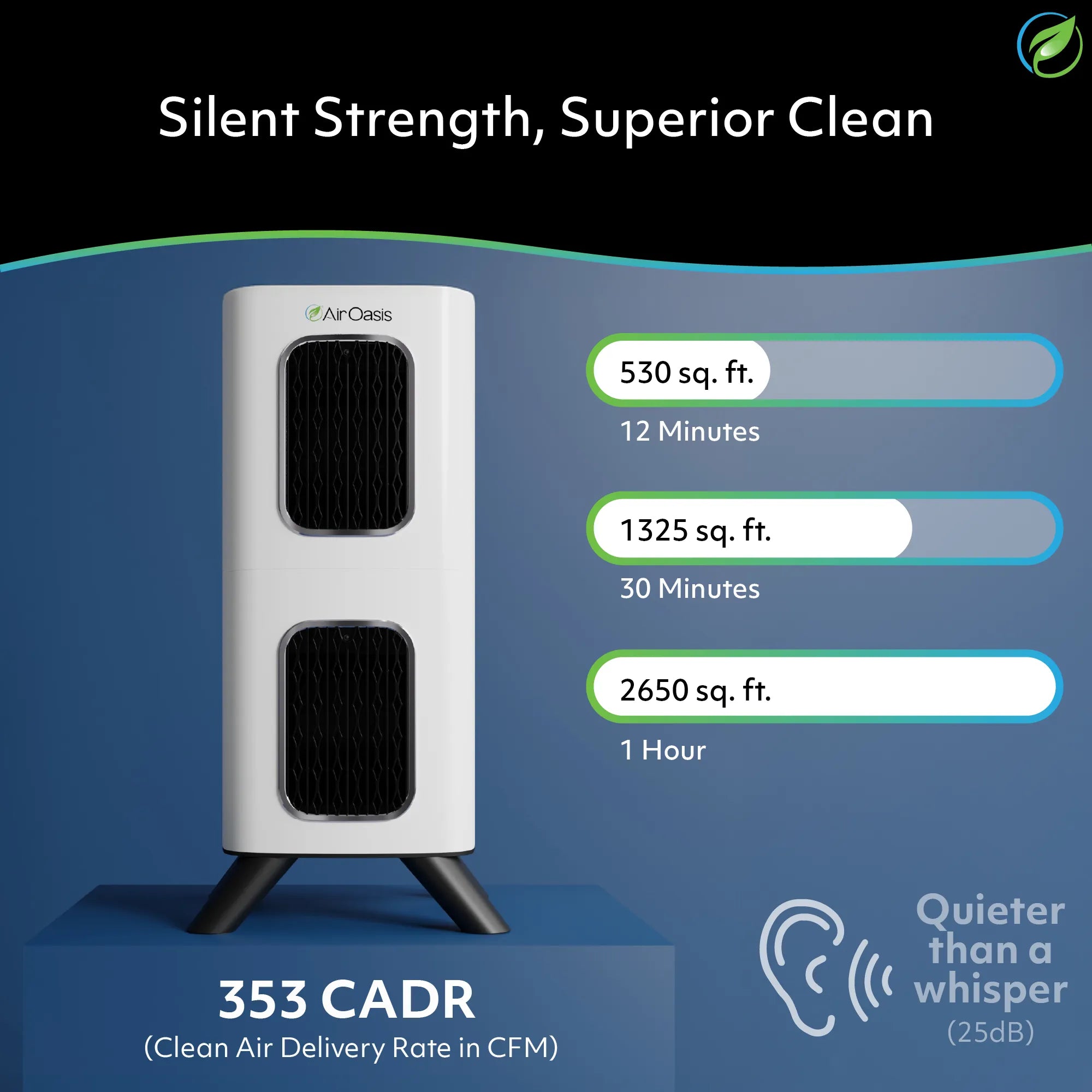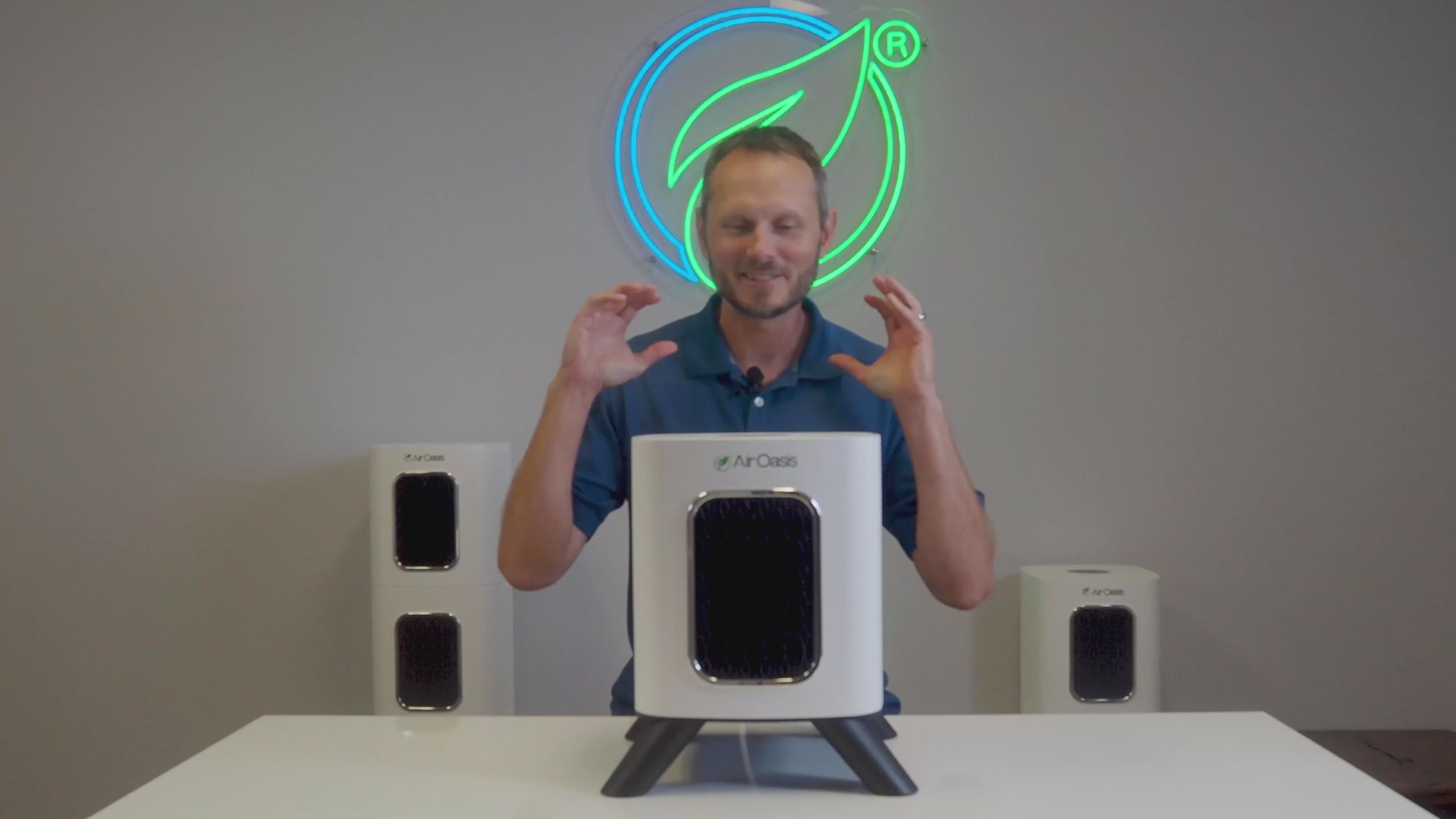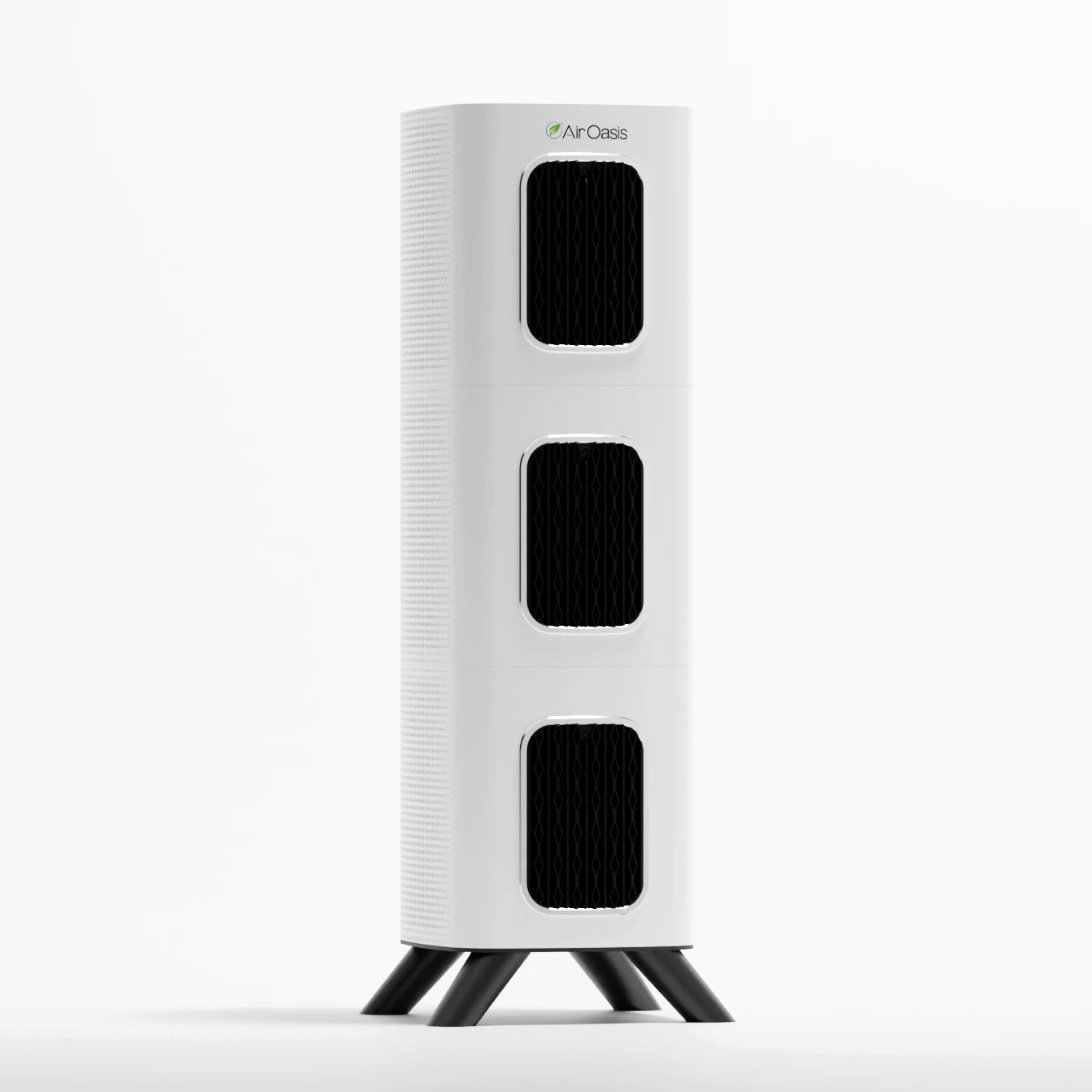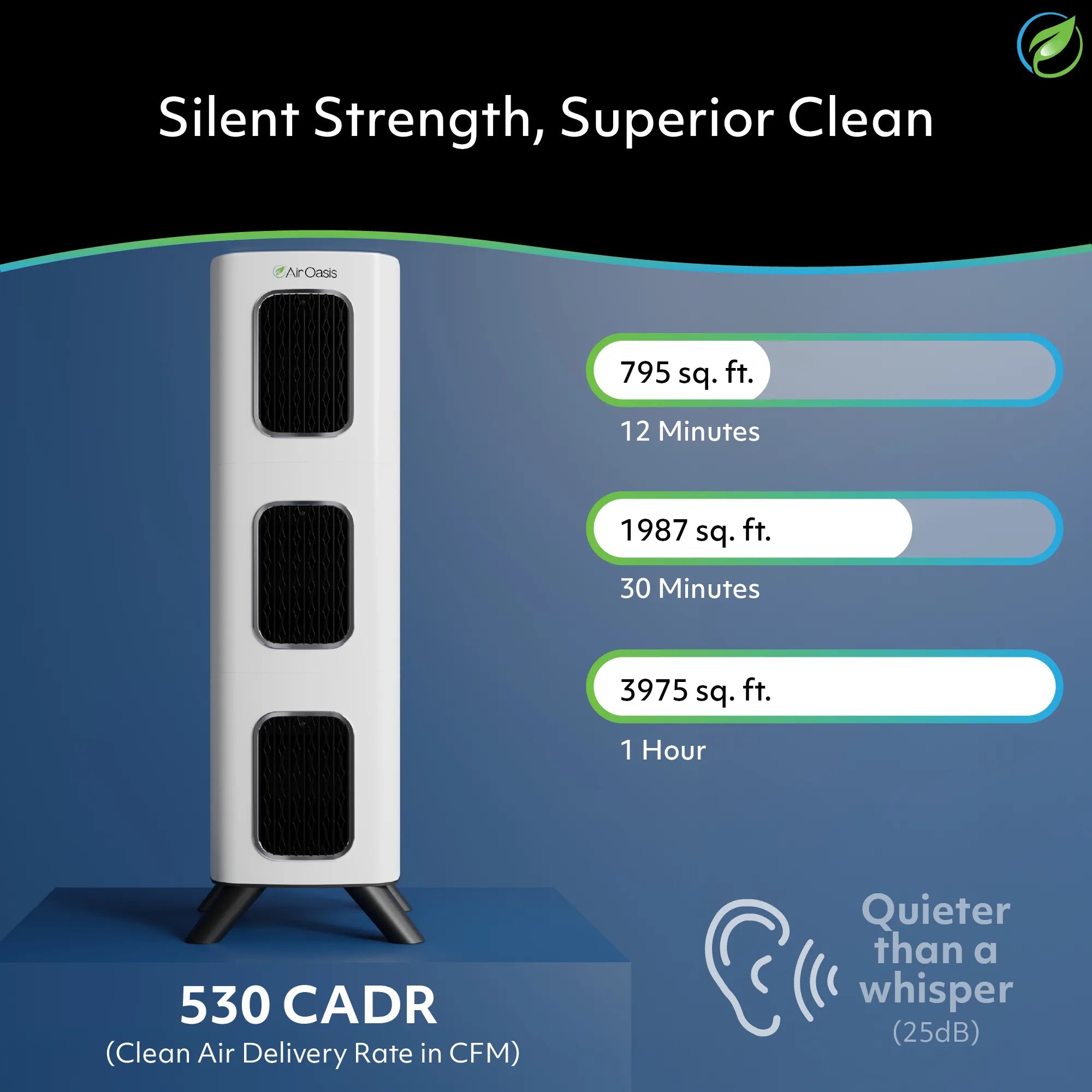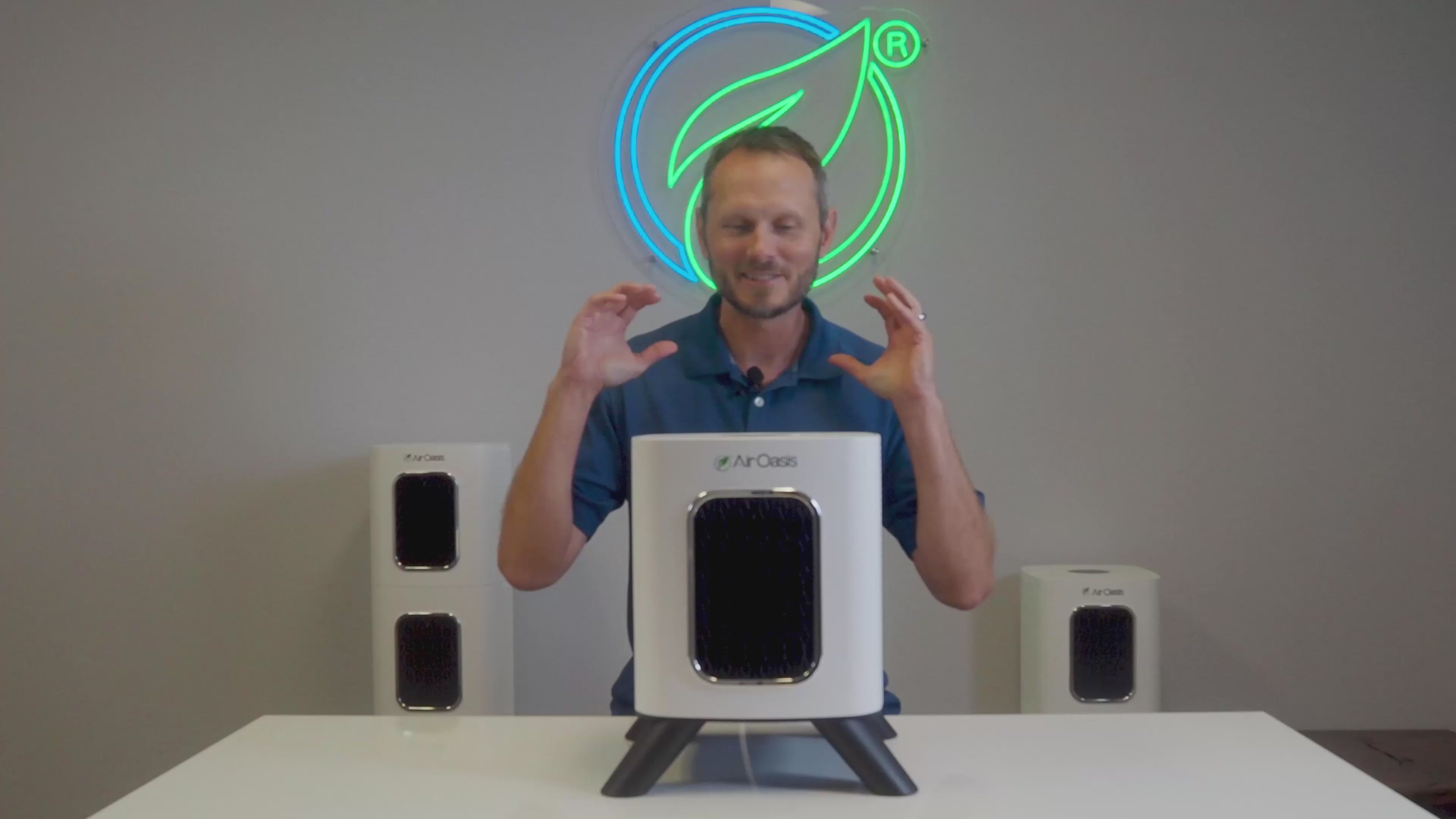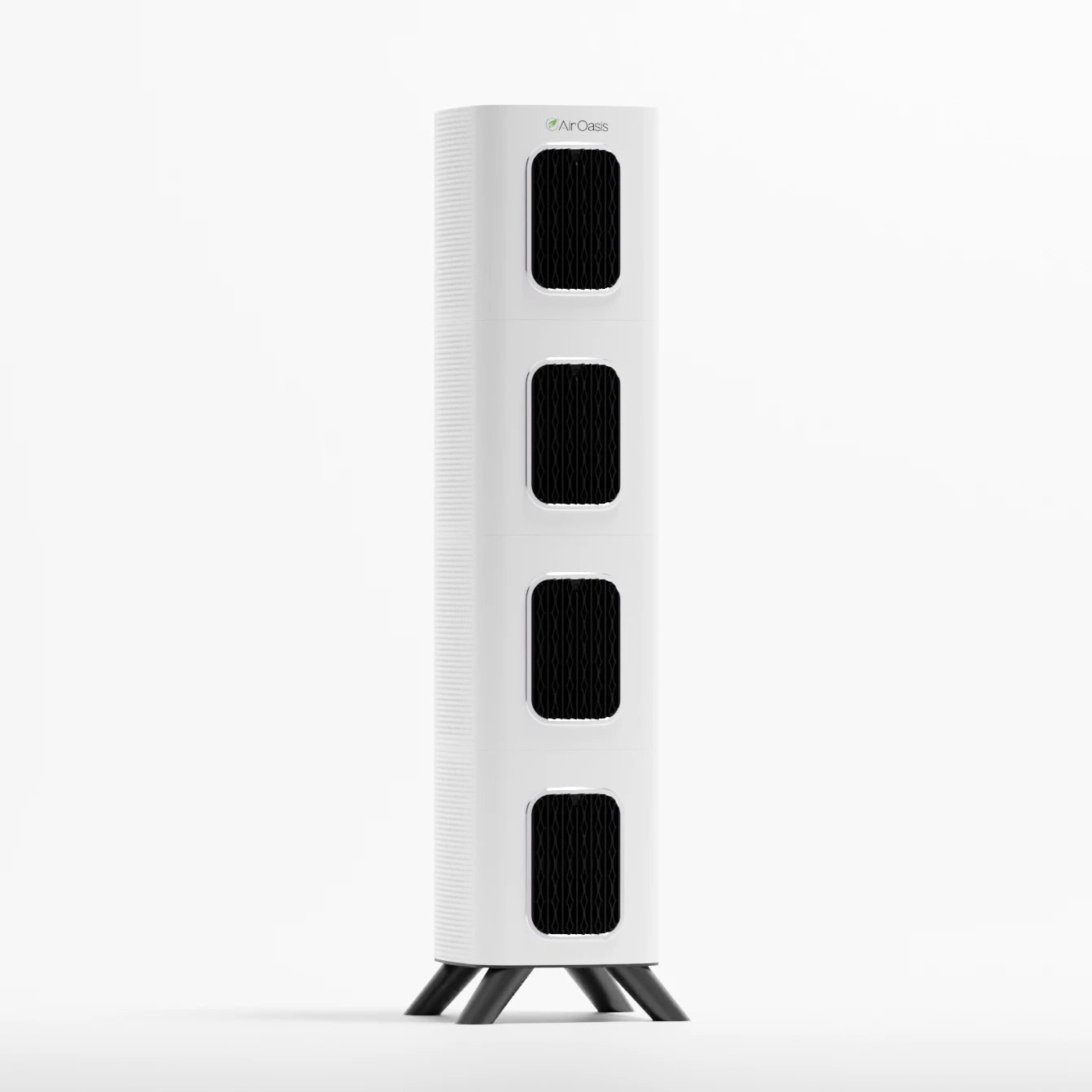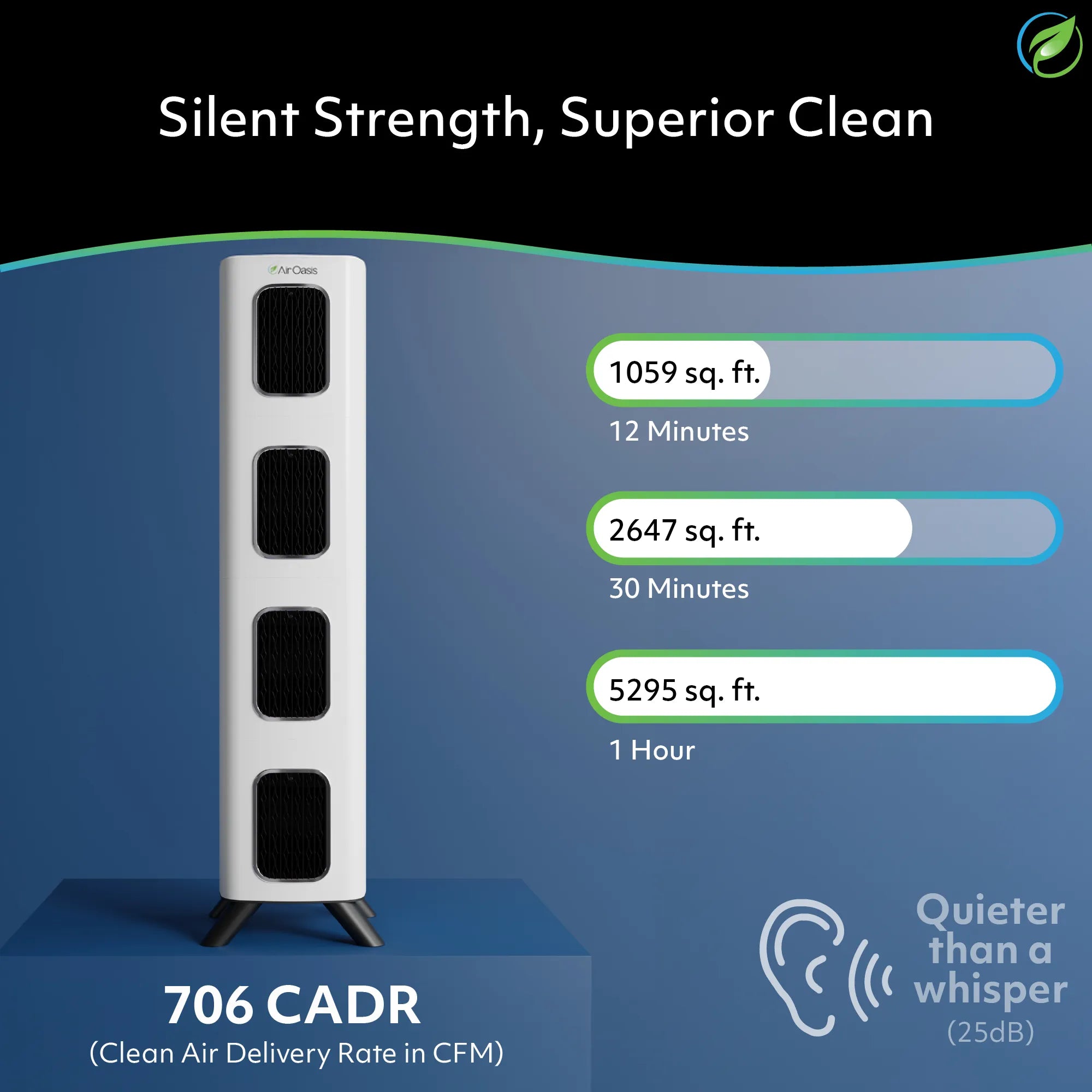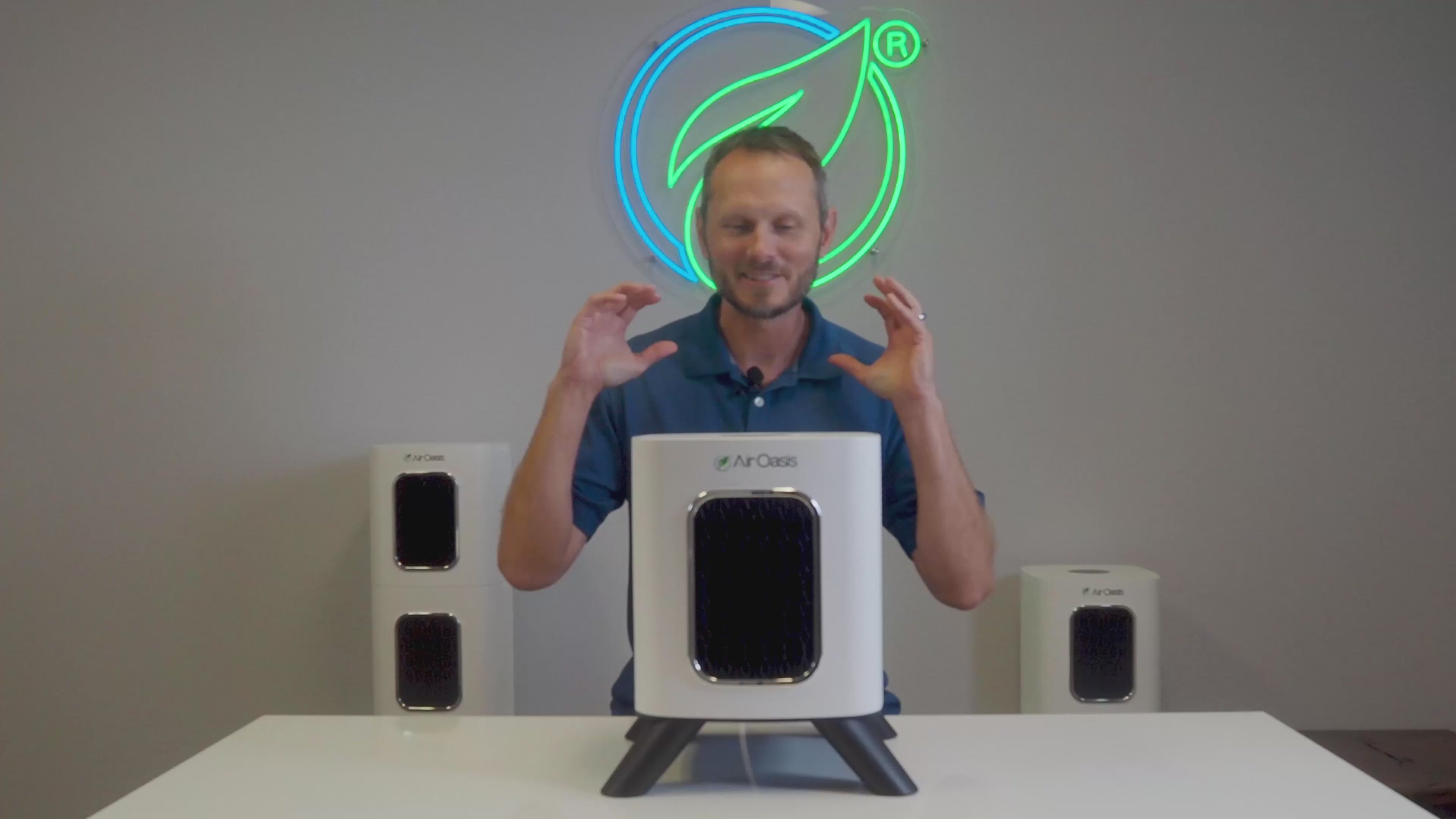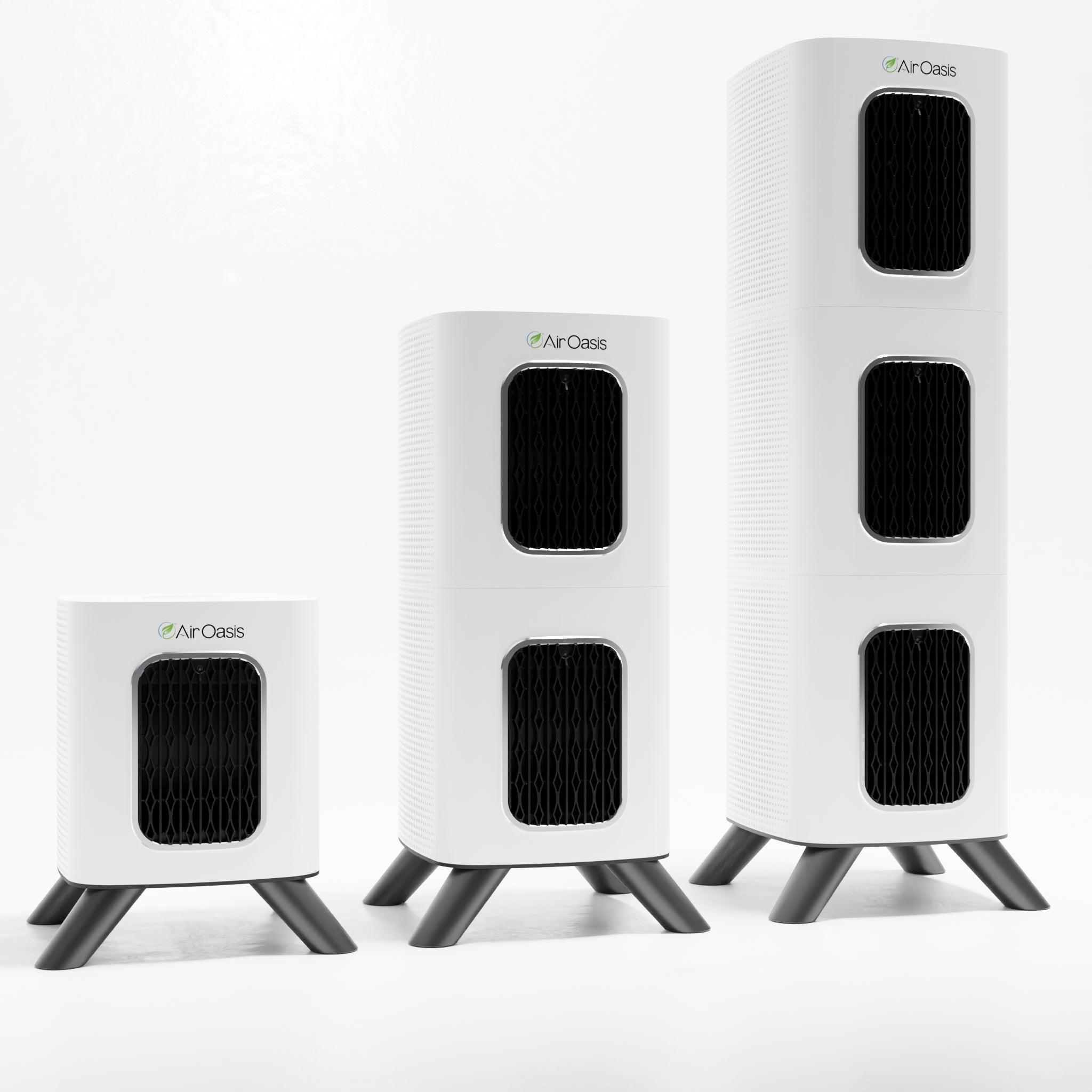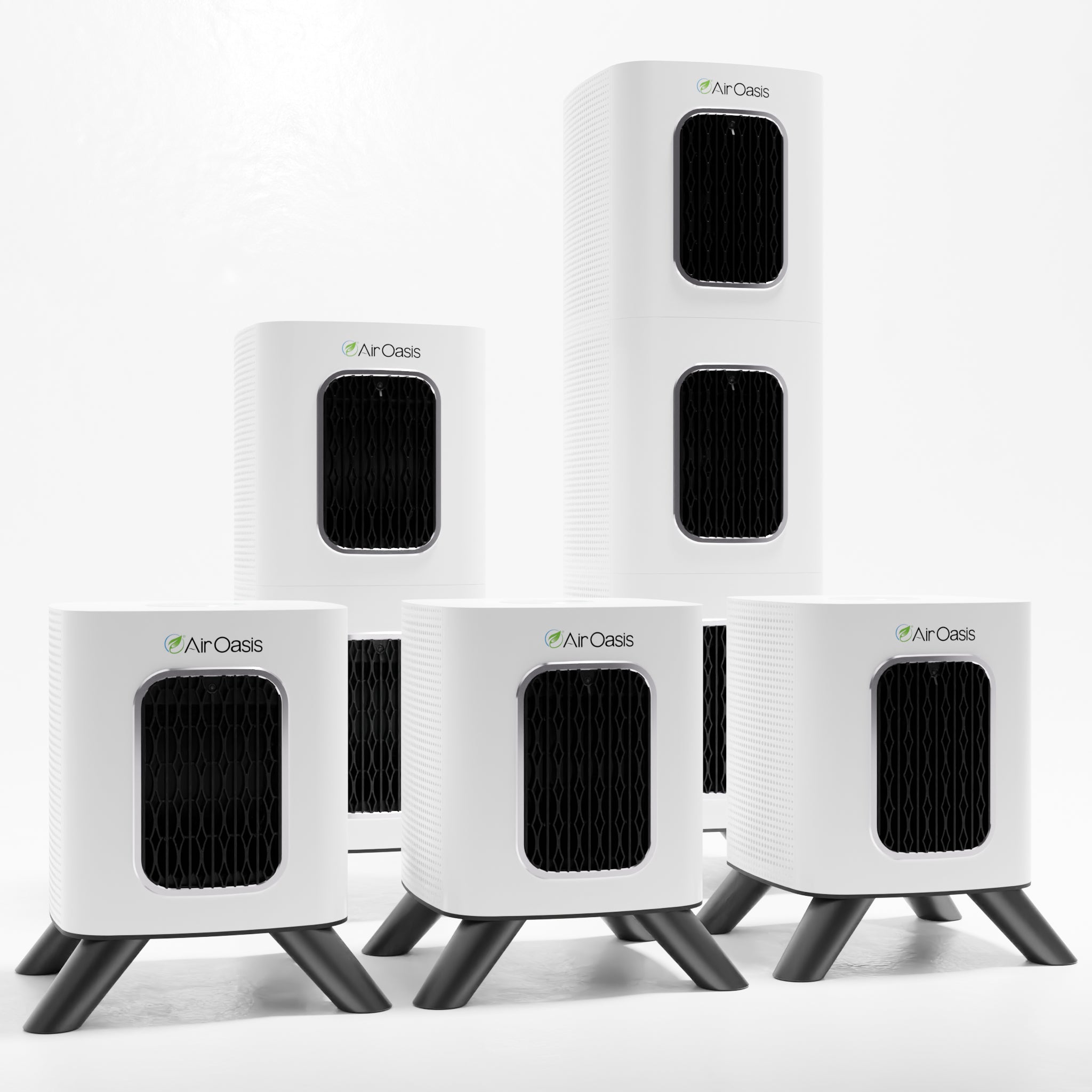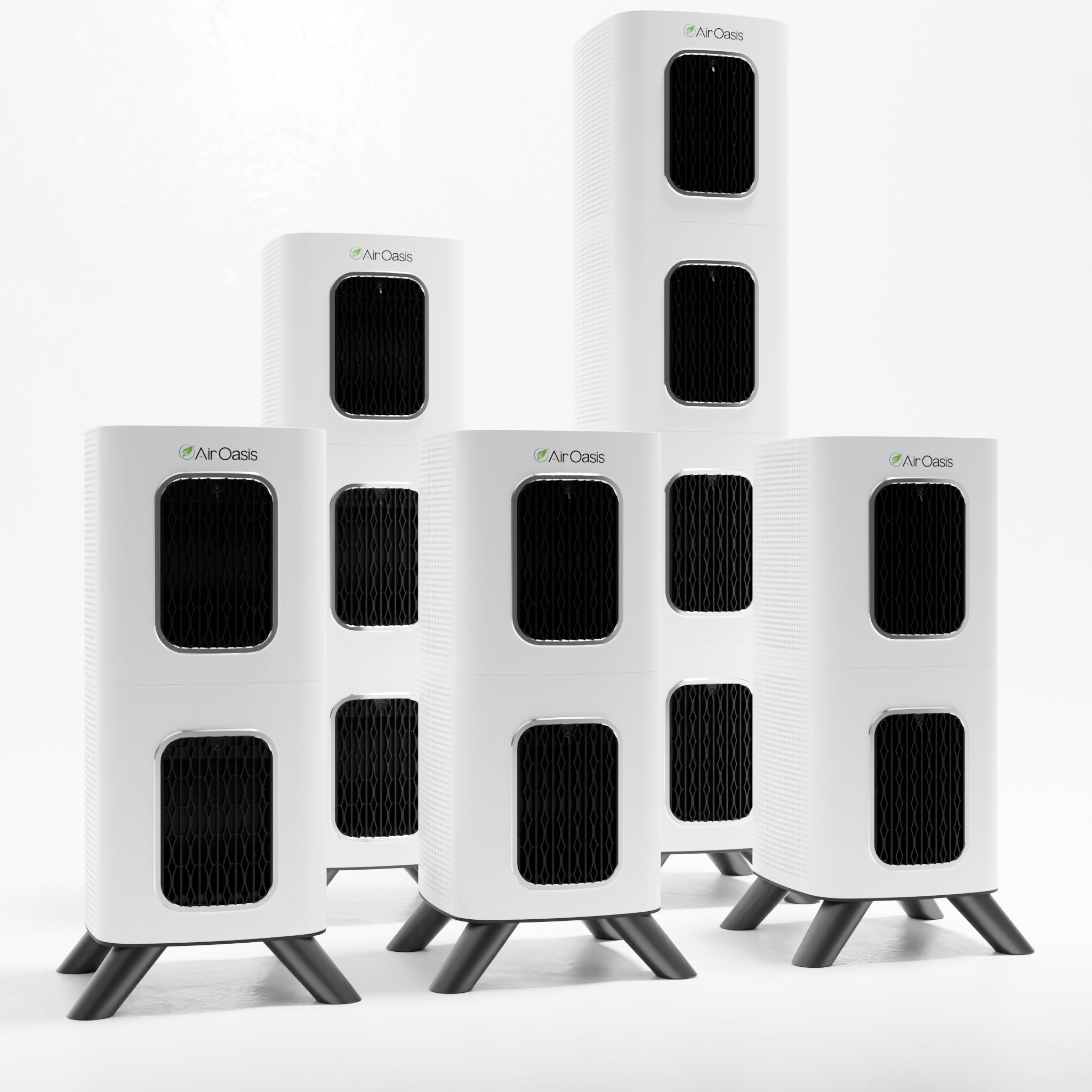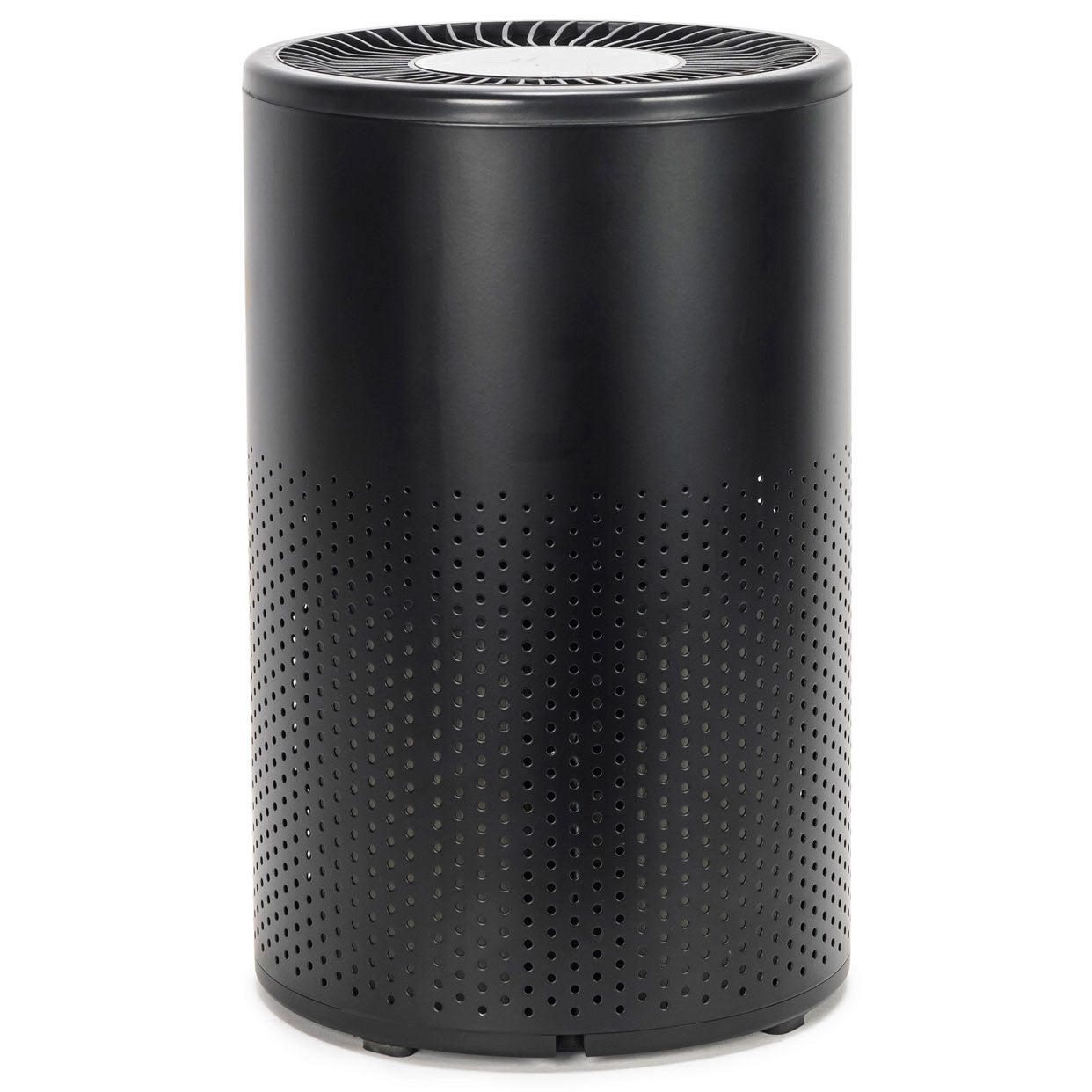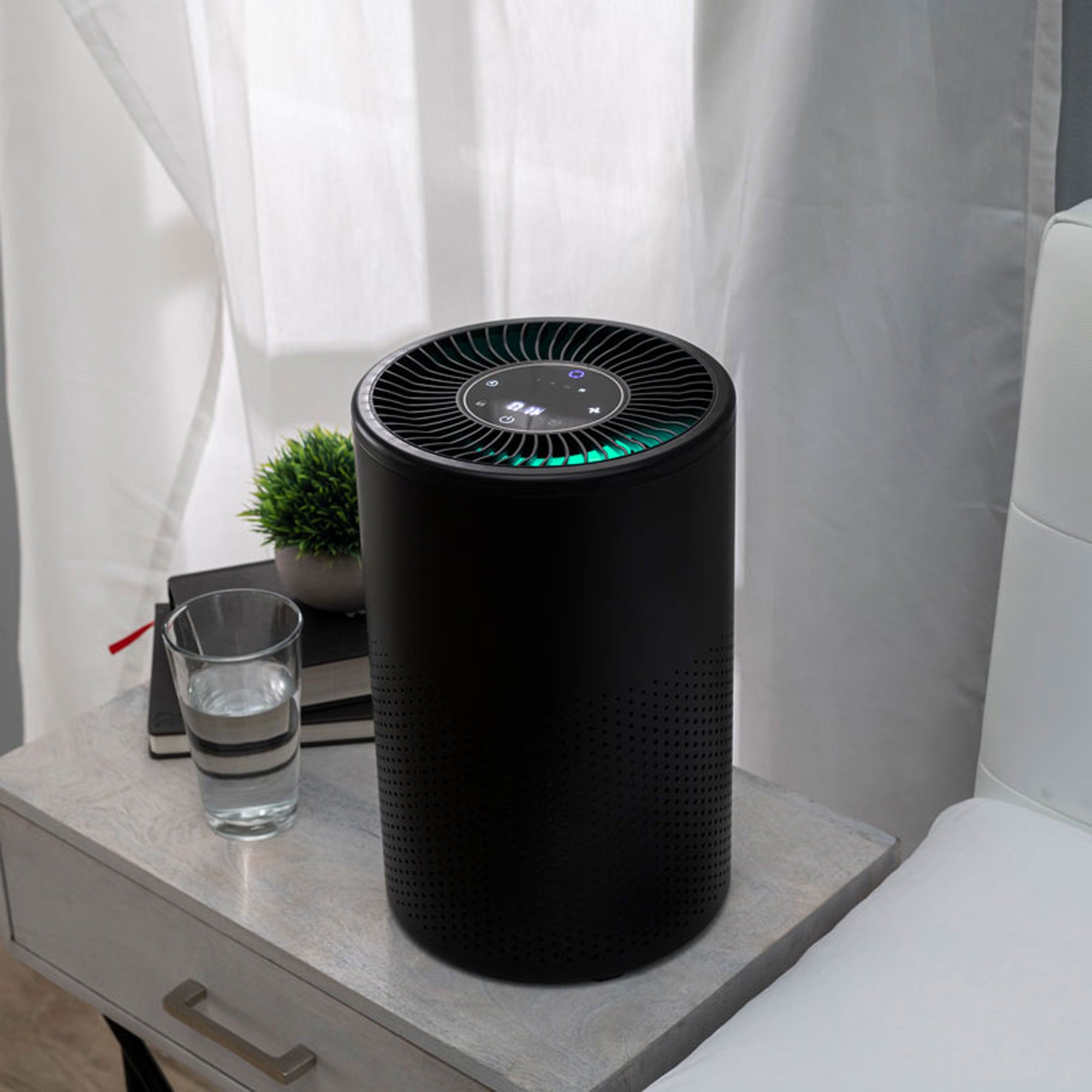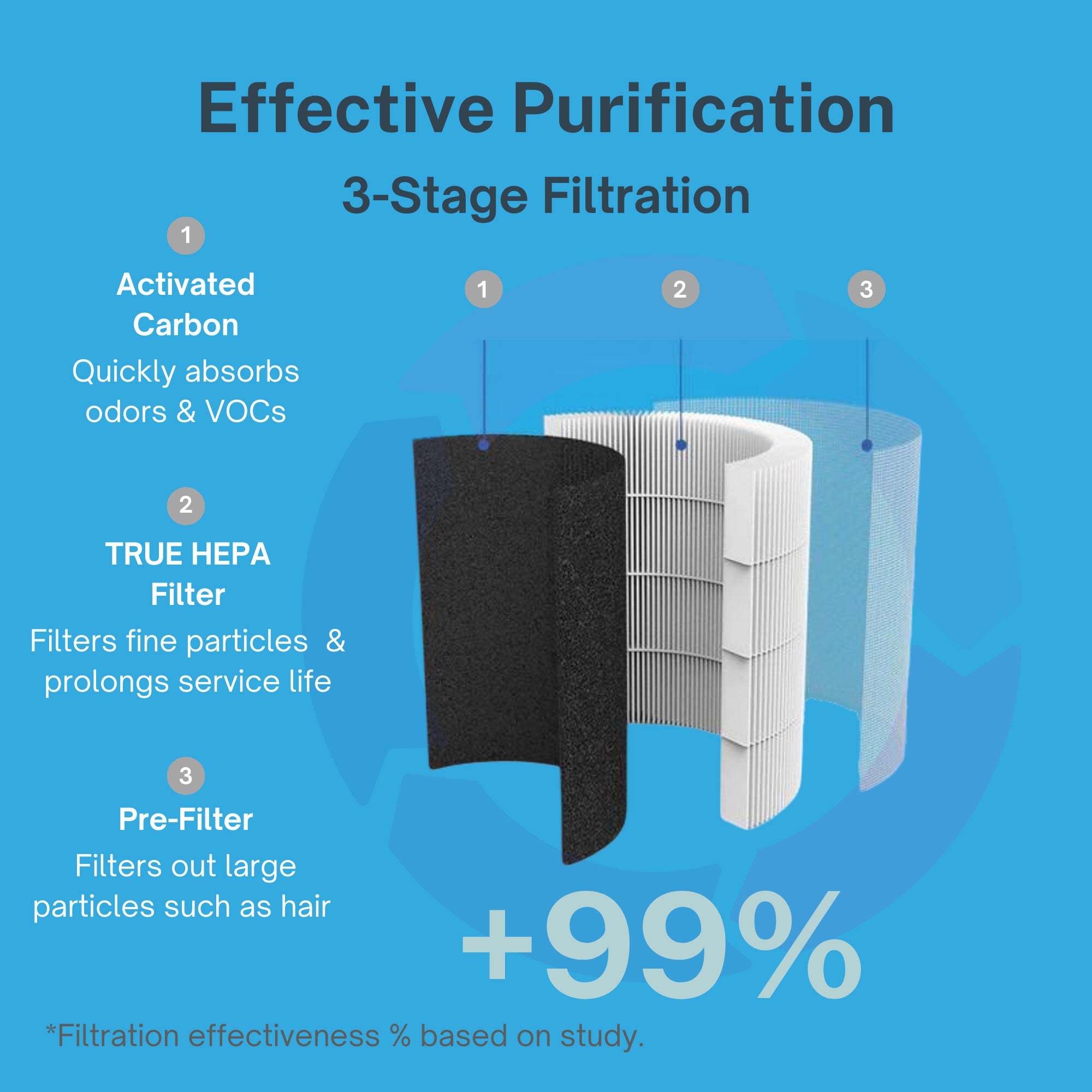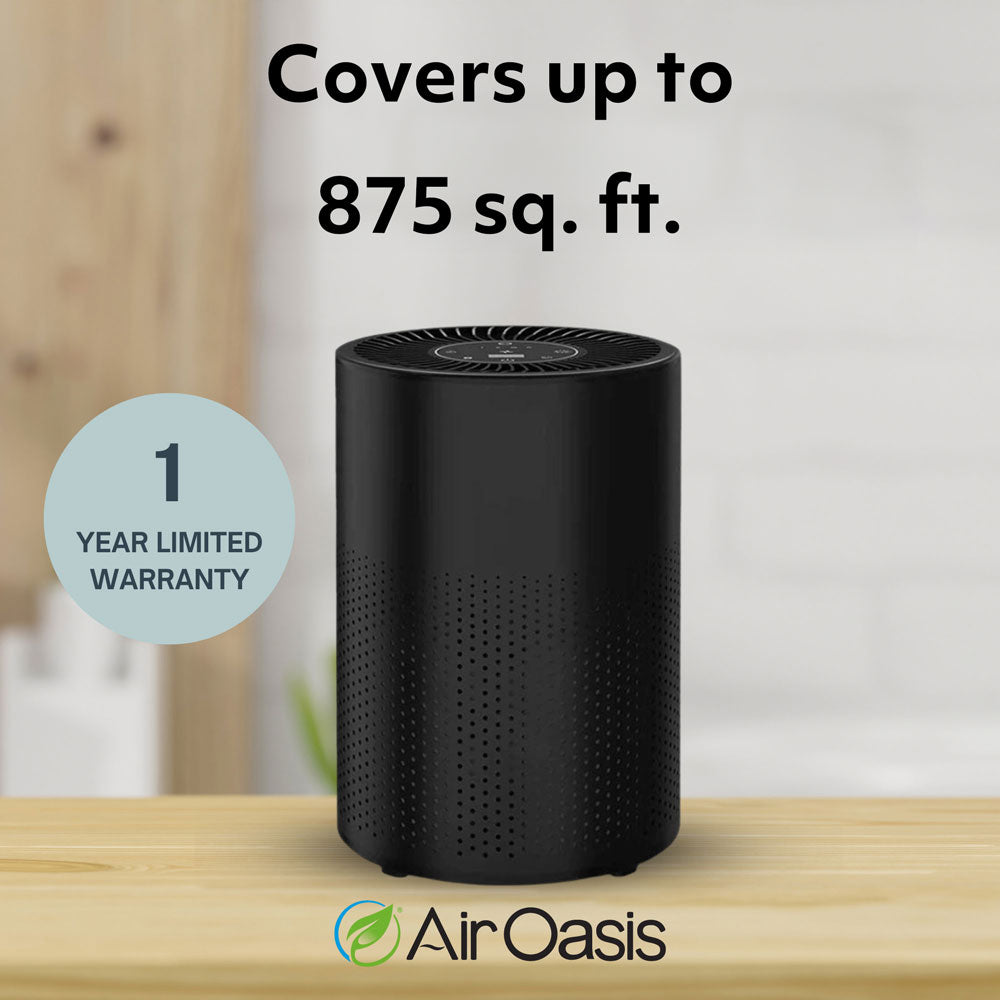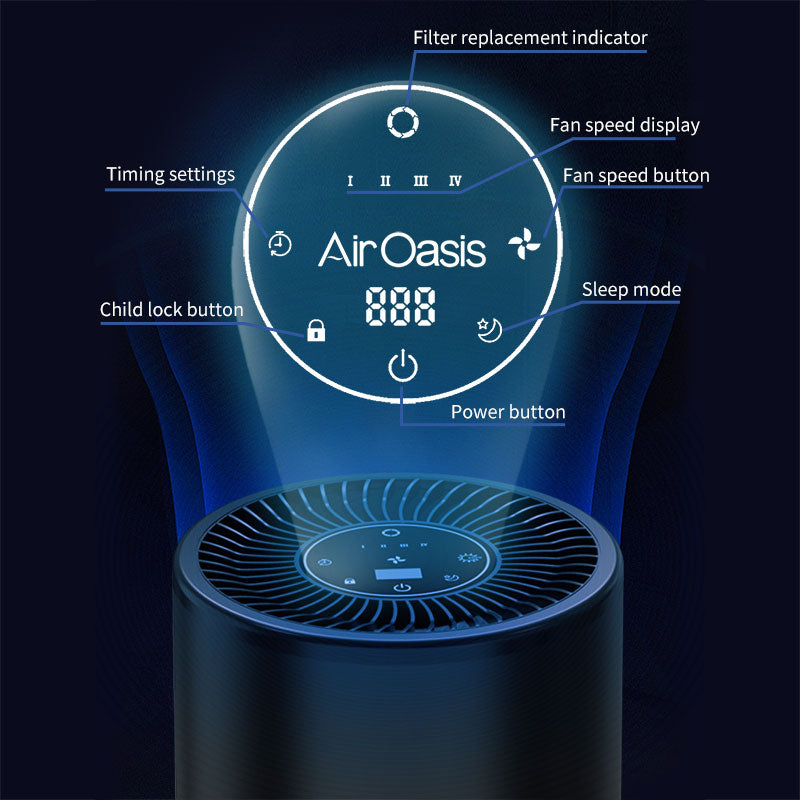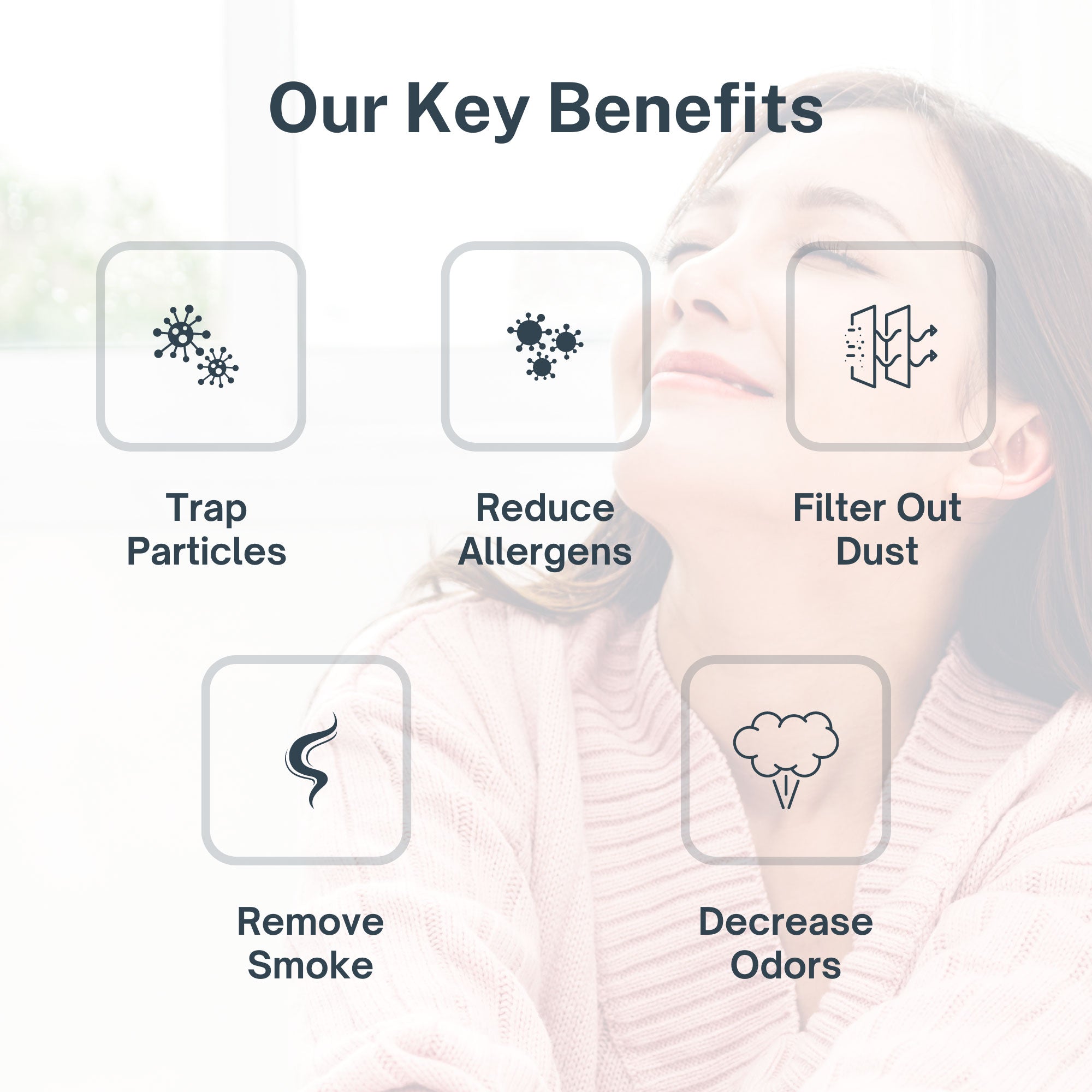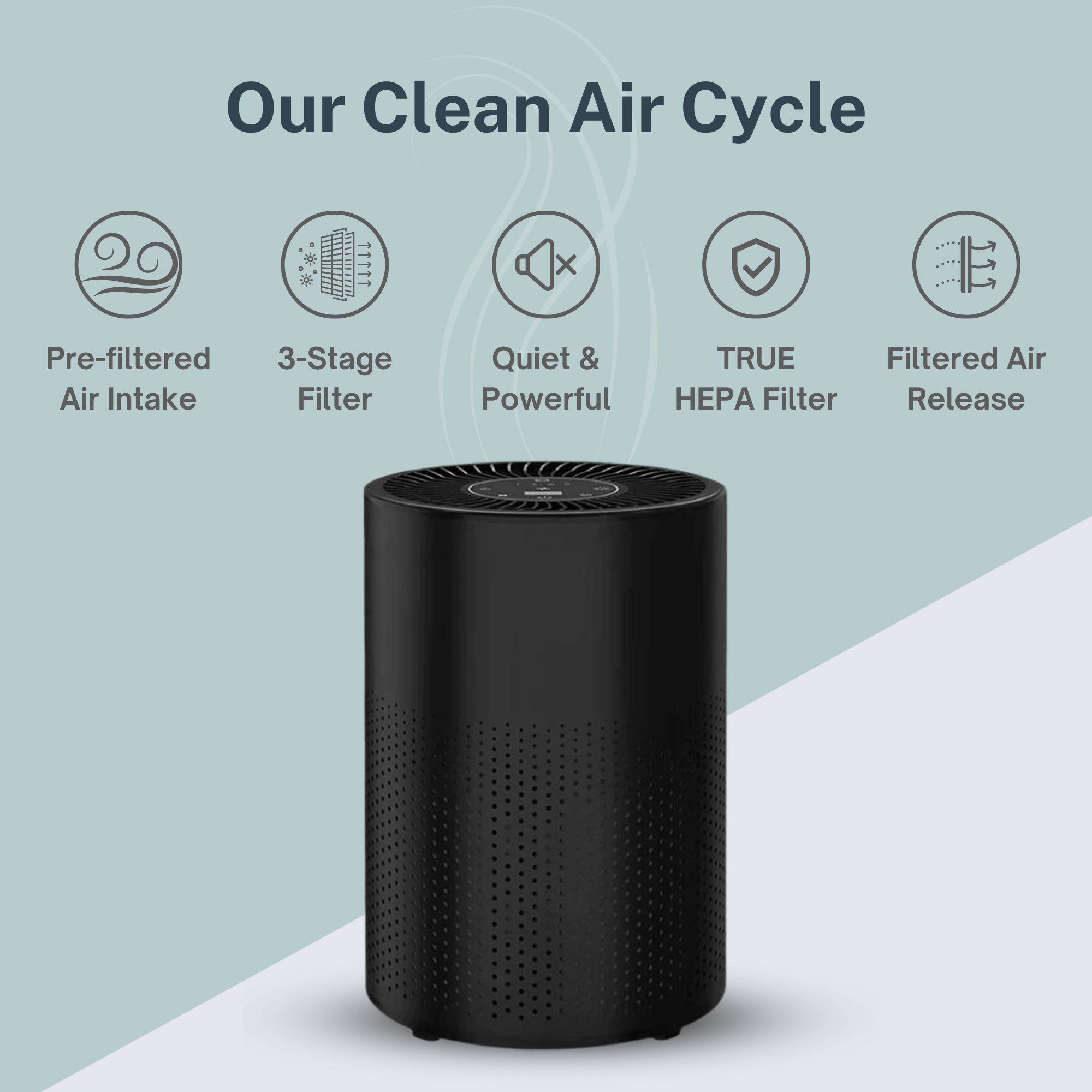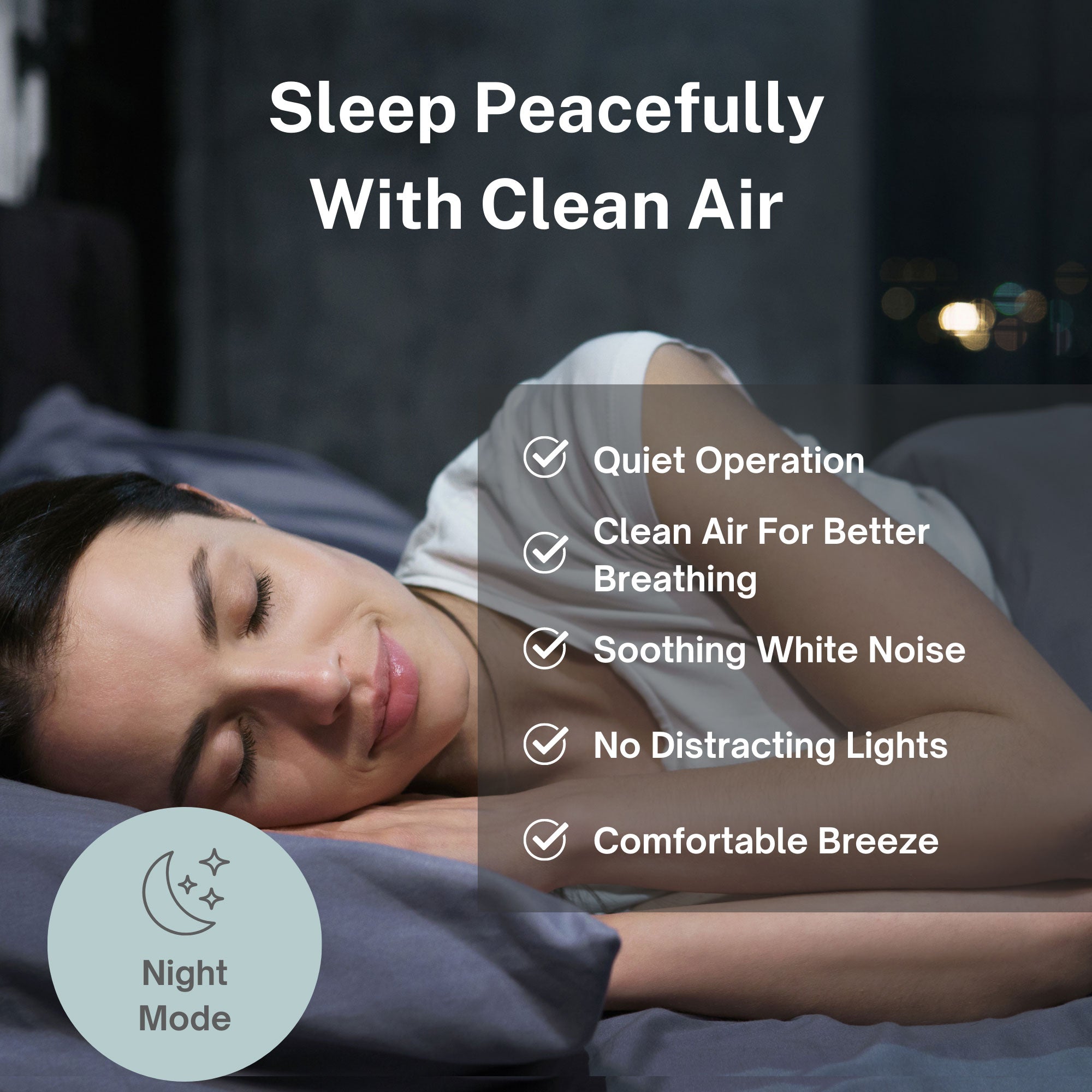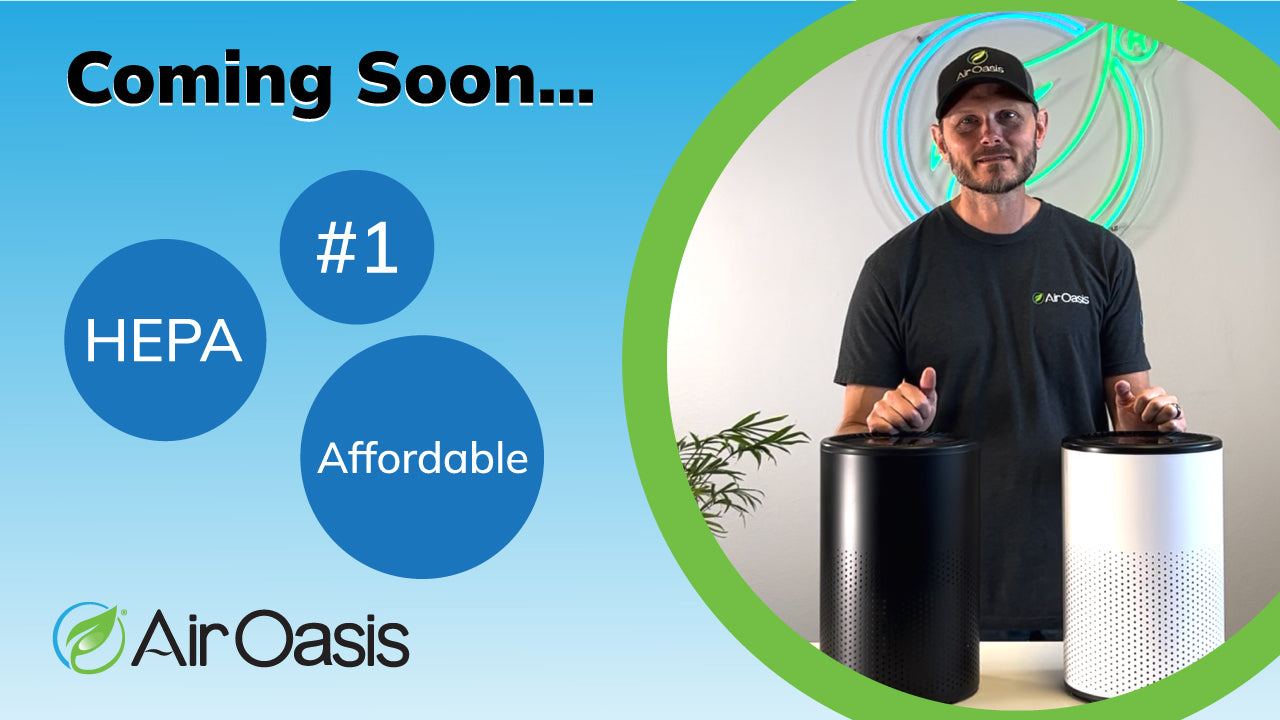What happens when the simple act of playing outside becomes a health risk for our children? This question became reality for families in Jones County, North Carolina, where officials recently advised children and other sensitive groups to avoid outdoor activities due to dangerously poor air quality. As wildfires rage and smoke blankets communities, parents face difficult decisions about how to keep their children safe while maintaining some semblance of normalcy.
Understanding North Carolina's Air Quality Emergency
The recent Code Orange Air Quality Action Day in Jones County represents a significant public health concern. With an Air Quality Index (AQI) reaching 140—dangerously close to the Code Red threshold of 150—children, older adults, and those with respiratory conditions faced substantial health risks from outdoor exposure.
The culprit behind this dangerous situation is the Black Swamp fire in Croatan National Forest, which has burned over 850 acres and created visible smoke plumes across the region. Making matters worse, a temperature inversion—where warmer air traps cooler, polluted air near the ground—has intensified the concentration of harmful particulates in the breathing zone.
Professor Jonathan Grigg, a pediatric respiratory and environmental medicine expert, emphasized to Newsweek the unique vulnerability of children: "Their trajectory can be deviated so they don't actually achieve their maximum lung function." This highlights a frightening reality—exposure to poor air quality doesn't just cause temporary discomfort; it can permanently alter a child's respiratory development.
The Hidden Dangers of Wildfire Smoke
Wildfire smoke contains a complex mixture of gases and fine particles that can penetrate deep into the lungs. According to the EPA's wildfire smoke information, these microscopic particles can trigger asthma attacks, aggravate heart and lung diseases, and cause premature death in people with these conditions.
For children, whose lungs are still developing, the risks are even more pronounced. Their higher respiratory rates mean they inhale more pollutants per pound of body weight than adults. Additionally, children typically spend more time outdoors engaging in physical activity, further increasing their potential exposure during air quality emergencies.
The temporary nature of these alerts—in this case, until midnight—might create a false sense of security. However, research indicates that even short-term exposure to elevated pollution levels can have lasting health impacts, particularly for developing respiratory systems.
When Indoor Air Becomes the Safe Haven
As outdoor air quality deteriorates, the importance of maintaining clean indoor air becomes paramount. While official advisories recommend staying indoors during Code Orange events, many parents don't realize that indoor air can still be significantly contaminated without proper filtration.
Wildfire smoke particles are incredibly small—many measuring less than 2.5 microns (PM2.5)—allowing them to easily infiltrate homes through tiny cracks, open windows, doors, and ventilation systems. Once inside, these particles can remain suspended in indoor air for hours or days without adequate filtration.
The iAdaptAir® purification system addresses this challenge through its multi-stage filtration approach. The true HEPA filter captures 99.97% of particles as small as 0.3 microns, including the dangerous fine particulates found in wildfire smoke. This level of filtration is critical during air quality emergencies when even brief exposure to contaminated air can trigger respiratory symptoms.
Creating a Clean Air Sanctuary for Vulnerable Family Members
For families with children, elderly members, or those with respiratory conditions, creating a designated clean air room during air quality emergencies provides essential protection. This approach focuses purification efforts on a single space where sensitive individuals can safely spend time when outdoor air quality reaches dangerous levels.
Air Oasis air purifiers combines multiple purification methods to address the complex mixture of pollutants found in wildfire smoke. Beyond particle filtration, activated carbon adsorbs harmful gases and volatile organic compounds, while UV-C light and ionization technology target airborne pathogens and ultrafine particles.
This comprehensive approach is particularly important during wildfire events when the composition of air pollution includes not just particulate matter but also a variety of toxic gases from burning vegetation and structures. Standard filtration alone may miss these gaseous pollutants, leaving families vulnerable despite their best intentions.
Beyond Emergencies: Long-Term Protection for Children's Health
While acute air quality emergencies make headlines, the reality is that our children face ongoing exposure to various pollutants even under normal conditions. From everyday traffic emissions to seasonal allergens, these exposures can cumulatively impact respiratory development and overall health.
Investing in comprehensive air purification provides protection not just during crises like the North Carolina wildfires but also against the daily pollution that often goes unnoticed. For families with children suffering from asthma or allergies, this consistent protection can mean fewer missed school days, reduced medication usage, and improved quality of life.
As climate change increases the frequency and intensity of wildfires across the country, being prepared with proper indoor air purification has become an essential aspect of family health planning. Just as we wouldn't consider a home without smoke detectors, proper air purification should be viewed as a basic health protection measure, especially for households with vulnerable members.
Taking Action for Your Family's Respiratory Health
As parents and caregivers watch the concerning air quality alerts across North Carolina and beyond, the impulse to protect our children is instinctive. While we can't single-handedly extinguish wildfires or reverse climate change, we can take immediate action to create safe indoor environments for our families.
Advanced air purification technology offers that protection, transforming homes into clean air sanctuaries regardless of outdoor conditions. By investing in comprehensive filtration and purification systems, parents can provide their children with the clean air essential for healthy development and respiratory wellness.
The situation in North Carolina serves as a powerful reminder that in a world of increasing environmental challenges, creating healthy indoor environments has never been more important for protecting our most vulnerable family members.
Ready to protect your family from wildfire smoke and everyday pollutants? Shop Air Oasis today and breathe easier knowing you've created a healthier home environment for your loved ones.




